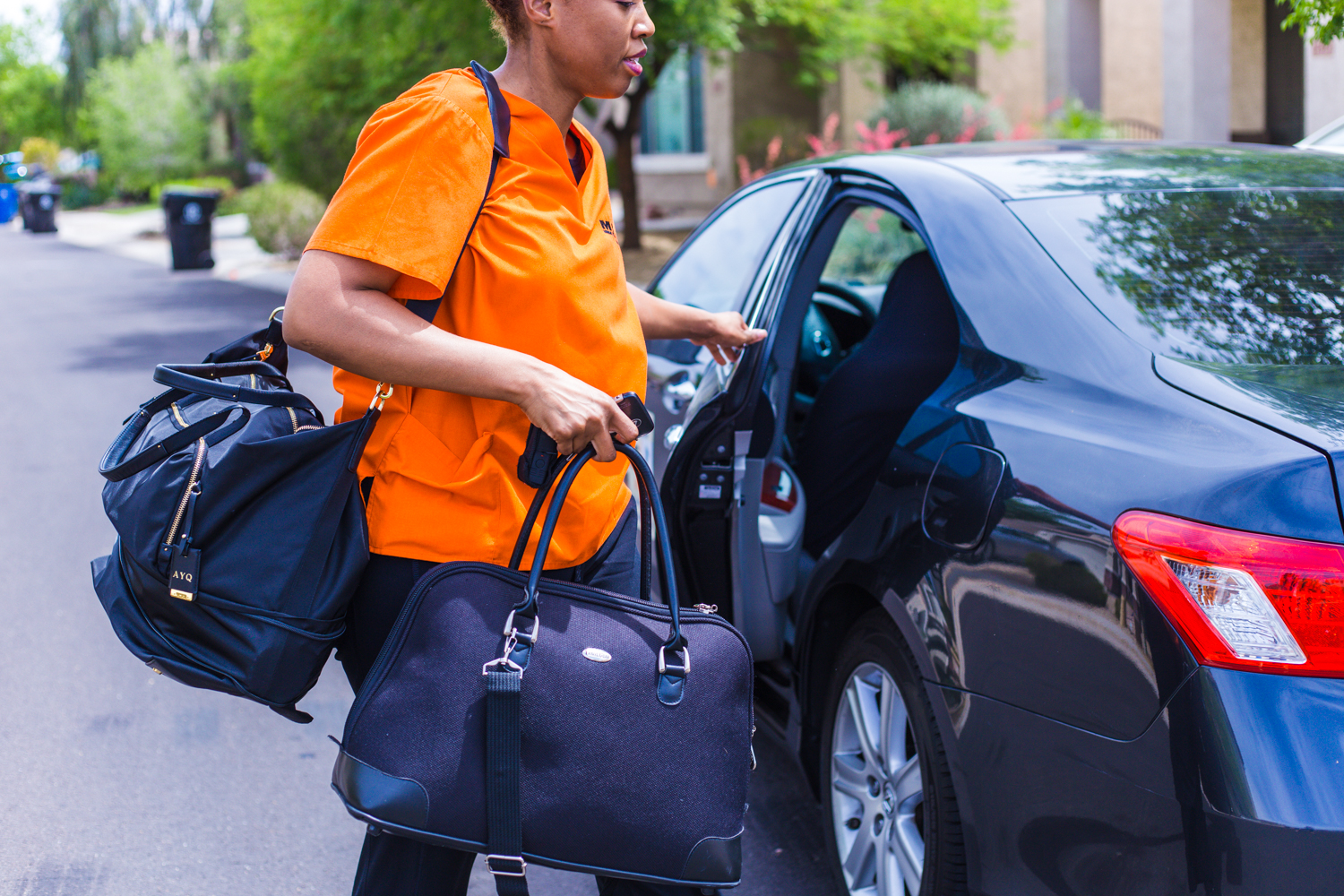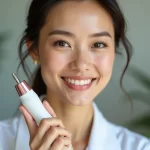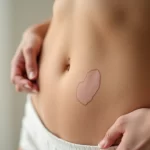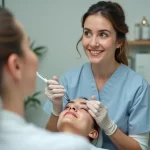Many people believe that the sun is more intense in Phoenix. But, that’s not necessarily true. Higher elevations and areas closer to the equator (or poles) have more intense sun. If you compare the valley of the sun to other areas in the country, the climate is what’s different. Phoenix has more sunny, warmer days where heat is captured. This makes the sun feel more intense. Although we can all agree the dry heat is something else, you can get burned just as bad in a colder climate if you’re closer to the sun. But, since we live in the desert, I wanted to share with you 5 ways to protect your skin from the sun in Arizona.
Why You Should Protect Your Skin From the Sun
The short term reason is to prevent sun burns. Any time you go outside, whether you wear sunscreen or not, you risk burning your skin. Any type of burn causes damage to your skin. When you invest time in avoiding sunburns, you decrease your chances of experiencing sun poisoning. If you participate in prevention on a consistent basis, you’ll experience long term benefits. These include a lower risk of cancer, premature aging, and the development of liver spots, freckles or rosacea. With that being said, here are 5 ways to protect your skin from the sun in Arizona.
1. Wear Sunscreen Consistently.
Sunscreens either block the ultraviolet rays from being absorbed in the skin or they absorb the ultraviolet rays and turn them into non harmful rays in the skin. It’s important that you take the time to determine the best sun protection factor (SPF) for your individual skin. We go into detail on this with each patient during home appointments.
Determine Your SPF
SPF is the measurement for sunscreens that states how much time in the sun a person has before getting sunburned. For example, an SPF of 30 would mean an individual can stay in the sun 30 times longer than an individual not wearing sunscreen before getting sunburned. Each individual and complexion will vary in regards to how long it will take the individual to get sunburned. A healthy tan will occur when you protect your skin properly. Burning to tan, or counting on oils is very dangerous.
Sunscreen Application
Make sure to apply it evenly and in places the sun might creep into. Application of a sunscreen will determine how much protection you get from a sunscreen. You should apply a minimum of a shot glass of sunscreen to all sun exposed areas evenly. The most common mistakes when applying sunscreen are not applying enough sunscreen and not applying it evenly to which some of the skin is unprotected. This is especially true with spray sunscreens. Even if you’re SPF is right, uneven application diminishes your protection.
Make sure you’re reapplying sunscreen every few hours. Sweat, water or clothing can deteriorate effectiveness over time. If you’re in the pool or participating in a physical activity for most of the day, sunscreen should be reapplied after getting out of the water or after profuse sweating.
In order to maximize the protection, apply it 20-30 minutes before going out into the sun and participating in these popular Arizona summer activities. This allows the sunscreen to fully absorb into the deeper layers of the skin before natural elements take over.
It’s also important that you check the expiration date of your sunscreen before application.
2. Wear Long Sleeves and Pants When Outdoors for Long Periods of Time.
This sunburn prevention tactic isn’t very popular in Arizona. But, its one of the biggest misconceptions. Wearing breathable, light colored sleeves during extreme heat can also keep you cooler. Sweat is used to cool off the body and when you’re able to retain some of this moisture, natural cooling takes place. Some materials aren’t the best for the Arizona climate, but there are plenty of SPF clothing options available that are light, breathable and promote comfort. This is an easy way to avoid forgetting to reapply sunscreen throughout the day.
If you look at most outside workers during the summer months in Phoenix, they’re all wearing long sleeves and pants. Not only does this keep your body cool, but it will help prevent minor cuts and scrapes that aren’t too fond of sunburns. Exposing wounds to extreme sun rays can cause permanent scarring of your skin. If you’re really serious about protecting your skin from the sun, you’ll consider this secret advantage with an open mind.
3. Wear A Hat When Outdoors.
When traveling outside during the Arizona summer, your head and scalp is extremely susceptible. Ultraviolet light from the sun can still creep in between the thickest of hairstyles. More importantly, it’s difficult to notice the after affects of a sunburn.
Any type of hat will do, but a wide brim hat is the only hat that will protect the ears and the back of the neck. Baseball caps do not protect your ears, back of scalp or back of neck from sun damage. If you happen to chose this style of hat frequently, make sure you’re applying sunscreen in these vulnerable areas. This can also create some awkward farmer’s tans on your head if you have a low haircut. People with balding or thinning hair should place a priority on this type of skin coverage.
We understand how a tanned face is desired among many, but protecting sensitive skin should be a priority. Many people don’t think much of freckles or sun spots. But, if they’re not careful, they can eventually ruin the facial appearance they desire. Although it’s easy to notice changes to your face, it’s smart to schedule routine skin examinations with a dermatology provider to ensure your head and neck is free of skin cancer lesions.
4. Invest in a Ready-Up, an Umbrella or Find Shade Often.
When it comes to sun protection, children tend to be the primary focus. Since they don’t understand the damage the sun can cause, they rely on parents and other adults to care for them in this area. It’s our responsibility to educate them on the importance of this while educating them on proper prevention. At Mobile Skin Screening, we take pride in educating on patients on preventative tactics that they can share with their loved ones.
This is why we recommend providing shade as often as you can. Allowing your kids to play within a protected space can make a big difference. It’s also another step towards eliminating the risk of skin cancer. When you think about it, investing in additional shade is more affordable than paying to treat skin poisoning or mole removal.
Even in shade, the Arizona sun can reflect off different objects or surfaces such as white sand or water. Make sure you still wear sunscreen and monitor the amount of time you’re directly exposed to the sun.
5. Eat Healthy and Stay Hydrated.
Another ways to prevent sun damage is by participating in a healthier lifestyle during the Arizona summer. It’s up to your own body to combat any damage, sickness or injury that occurs. When the sun is extreme, your body’s ability to repair itself can make a big difference.
Antioxidants in fruits and vegetables help to get rid of free radicals in the body. Free radicals damage healthy cells which lead to the development of all types of cancer including skin cancer. Water helps eliminate waste from the body and keeps the skin plump which gives a youthful appearance.
One of the most important elements of treating a sunburn is staying hydrated. If you’re out in the sun all day and not keeping up with water based fluids, your burn experience will be worse. This is especially true during holidays like Memorial weekend when most people are outside drinking alcohol. Don’t forget to chug some water in between drinks as alcohol isn’t ideal.
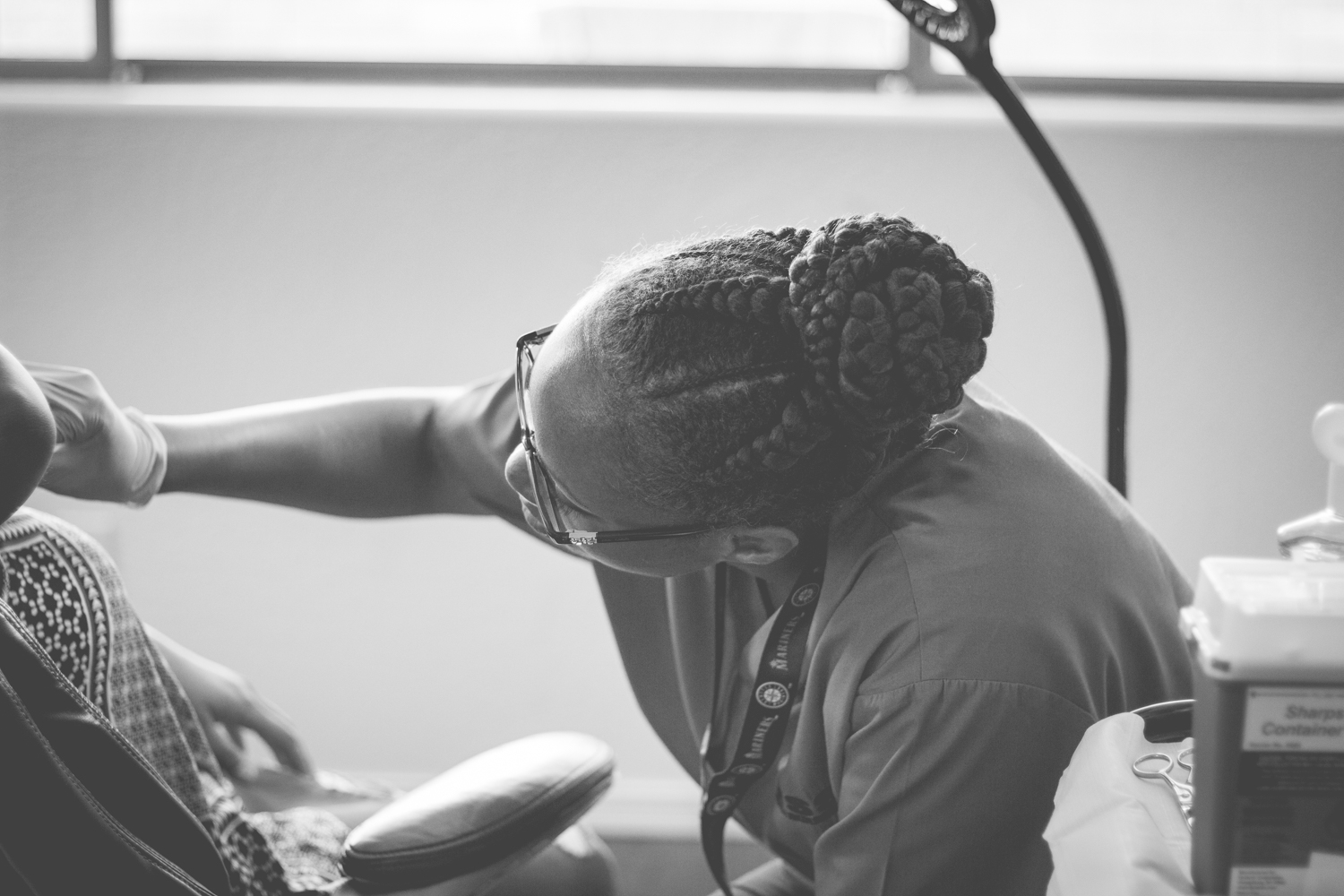
Bonus Tips for Sun Protection:
This suggestion doesn’t necessarily need to be reiterated due to the brightness of the summer sun in Arizona. But, I wouldn’t be thorough if I didn’t remind you to wear sunglasses. Outside of wearing a hat, this is the only way to protect your eyes from ultraviolet rays. Many people don’t know this, but you can develop melanoma in your eyes. Sunglasses can also help prevent squinting which leads to wrinkles around the eyes.
Try to avoid the sun and strenuous activities between the hours of 10am to 5pm when the sun is at the highest point in the sky and the most intense. Although it may be difficult, this allows you to avoid all of the risks listed above.
Did I miss anything? Feel free to share this article and your additional ways to protect your skin from the sun in Arizona!

